Paper-cutting machines are used in the printing, publishing, and packaging sectors. A properly serviced paper cutter gives precise cuts and increases its productivity and lifespan. Maintenance and optimization techniques can greatly improve ROI.
We shall pause from maintaining, and optimize tips for your paper cutting machine so that it is always in great form. More importantly, we shall discuss FAQs that will clear up the doubt in the most common terms.
Why Maintenance and Optimization Are Crucial
- Prolonged Lifespan: Routine maintenance greatly minimizes wear and tear and thus reduces the need for expensive repairs or replacements.
- Enhanced Performance: With an accurately set cutting machine, you can expect cuts that will save time and waste.
- Safety Assurance: Maintenance as an operation, is primarily done in preventing an event that may create an unsafe condition by protecting humans and machines from hazards occurring.
- Cost Efficiency: Indeed, taking appropriate preventive care and maintenance of equipment comes at lower costs in running, less downtime, and better production quality.
Tips for Maintaining Your Paper Cutting Machine
- Clean the Machine Regularly
- Importance: Dust, paper particles, and debris may be present in the area of cutting. Such reasons can affect accuracy and performance.
- How to Clean: Use a dry, soft cloth to clean visible surfaces daily. For internal components, consult the user manual to safely remove debris.
- Lubricate Moving Parts
- Importance: Proper lubrication reduces friction, preventing overheating and wear.
- How to Lubricate: Use manufacturer-recommended lubricants. Apply lubrication to guide rails, cutting blades, and gears as instructed in the manual.
- Frequency: Lubricate monthly or as specified by the manufacturer.
- Inspect the Blades
- Importance: Sharp blades are essential for precise cuts. Dull blades increase strain on the motor and lead to uneven cuts.
- Inspection Tips: Check for nicks, dullness, or uneven edges. Replace or sharpen blades when needed.
- Calibrate the Cutting Mechanism
- Importance: Faulty wiring or loose connections can disrupt the machine’s operation or pose safety hazards.
- How to Check: Inspect power cords and plugs for wear or damage. Tighten any loose connections.
- Check Electrical Connections
- Importance: Hydraulic systems regulate pressure for precise cutting. Leaks or low hydraulic fluid can impair performance.
- How to Monitor: Check fluid levels regularly. Replace or top up hydraulic fluid as required.
- Monitor Hydraulic Systems (If Applicable)
- Importance: Hydraulic systems regulate pressure for precise cutting. Leaks or low hydraulic fluid can impair performance.
- How to Align: Check fluid levels regularly. Replace or top up hydraulic fluid as required.
- Keep the Machine Aligned
- Importance: Misaligned parts can lead to uneven cuts and increase machine wear.
- How to Align: Periodically inspect and adjust alignment settings using a straight edge or alignment tool.
Tips for Optimizing Your Paper Cutting Machine
- Train Operators Properly
- Why It Matters: Skilled operators can maximize machine efficiency while minimizing errors.
- How to Train: Provide training sessions for new operators. Refresh training periodically to keep operators updated on best practices.
- Use High-Quality Materials
- Why It Matters: Low-quality paper can dull blades faster and cause jams.
- What to Use: Invest in quality paper and other cutting materials for consistent results.
- Optimize Workflow
- Why It Matters: A well-planned workflow ensures smooth operations, reducing downtime.
- How to Optimize: Organize materials before cutting. Streamline loading and unloading processes.
- Utilize Automation Features
- Why It Matters: Automation can speed up operations and reduce human error.
- What to Do: Leverage programmable settings for repetitive tasks. Automate paper feeding and stacking if your machine supports it.
- Schedule Regular Maintenance
- Why It Matters: Routine maintenance identifies potential issues before they escalate.
- How to Schedule: Set reminders for monthly, quarterly, or annual check-ups. Collaborate with certified technicians for detailed inspections.
- Keep Spare Parts Handy
- Why It Matters: Quick access to spare parts reduces downtime in case of breakdowns.
- What to Stock: Blades, lubricants, belts, and essential electrical components.
- Update Software
- Why It Matters: If your machine is software-operated, updates can improve functionality and fix bugs.
- How to Update: Check for firmware updates on the manufacturer’s website. Install updates as per instructions.
Conclusion
A paper-cutting instrument is among the beneficial investments. However, maintaining and optimizing the machine regularly will make this investment yield many long-term benefits. The above tips help in cutting accurately, increasing productivity, and enhancing the lifespan of a machine. Routine cleaning, sharpening the blade, or optimizing workflow, are minor efforts that pay off big.
These practices are not simply optional, but essential to ensure maximum ROI and consistent performance for industries whose operations are predicated on paper-cutting machines.
Take action today to maintain your machine and optimize your operations for the best results!
FAQs
- How often should I sharpen the blades?
Blade sharpening frequency depends on usage. For heavy-duty use, sharpen blades every 2–3 months. Inspect regularly for signs of dullness.
- What lubricant should I use for my machine?
Use manufacturer-recommended lubricants to avoid damaging internal components. Generic lubricants may not be compatible.
- How do I know if the hydraulic system needs maintenance?
Look for symptoms like slow cutting, inconsistent pressure, or visible leaks. Check hydraulic fluid levels regularly.
- Can I perform maintenance myself, or should I hire a professional?
Routine maintenance like cleaning and lubrication can be done by operators. For complex issues, hire a certified technician.
- What safety precautions should I follow?
Always turn off and unplug the machine before performing maintenance. Use protective gloves when handling blades.


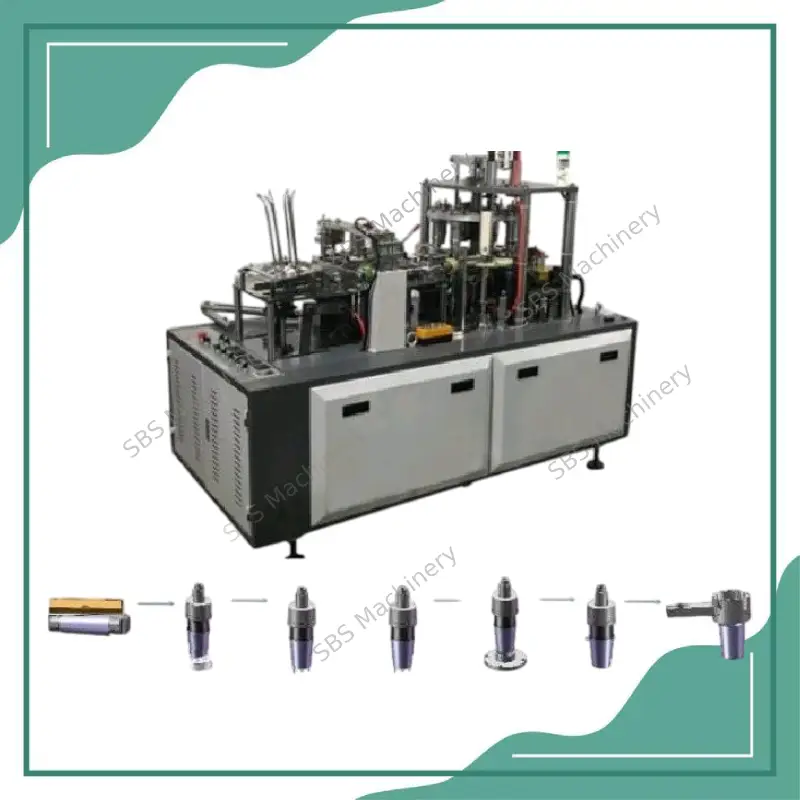
















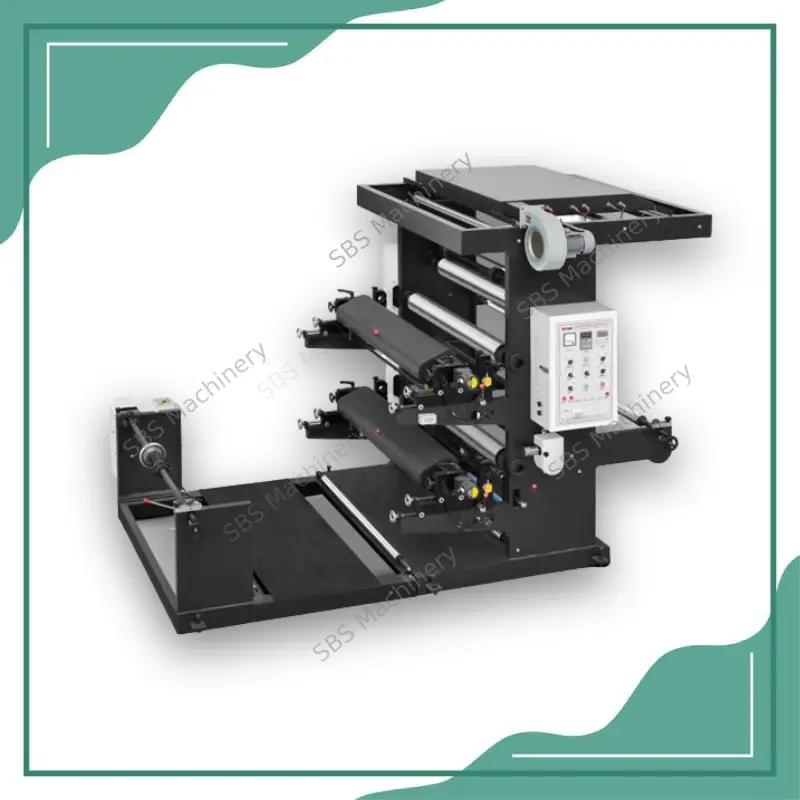


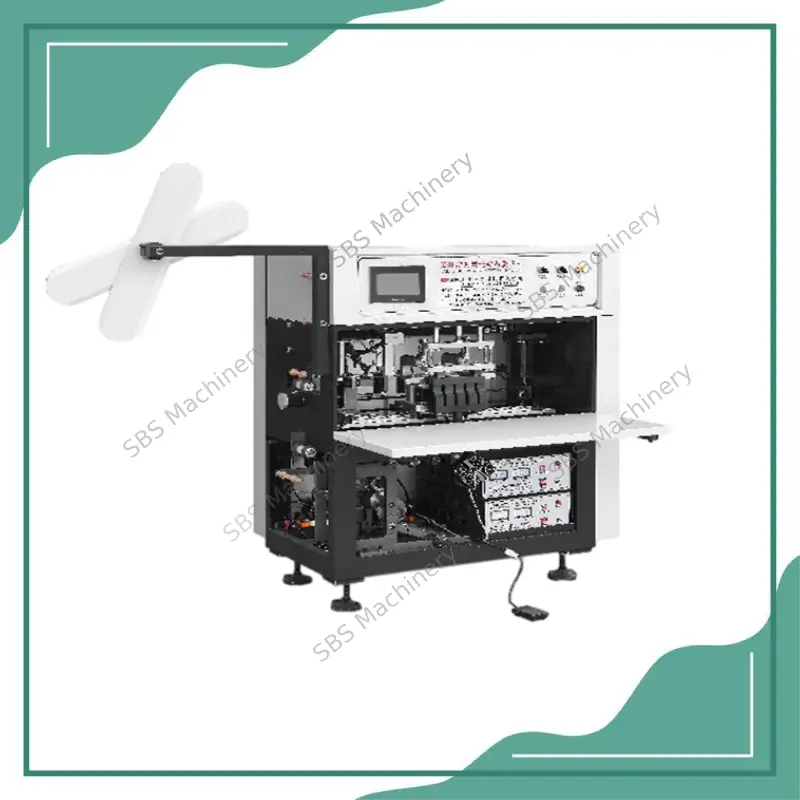

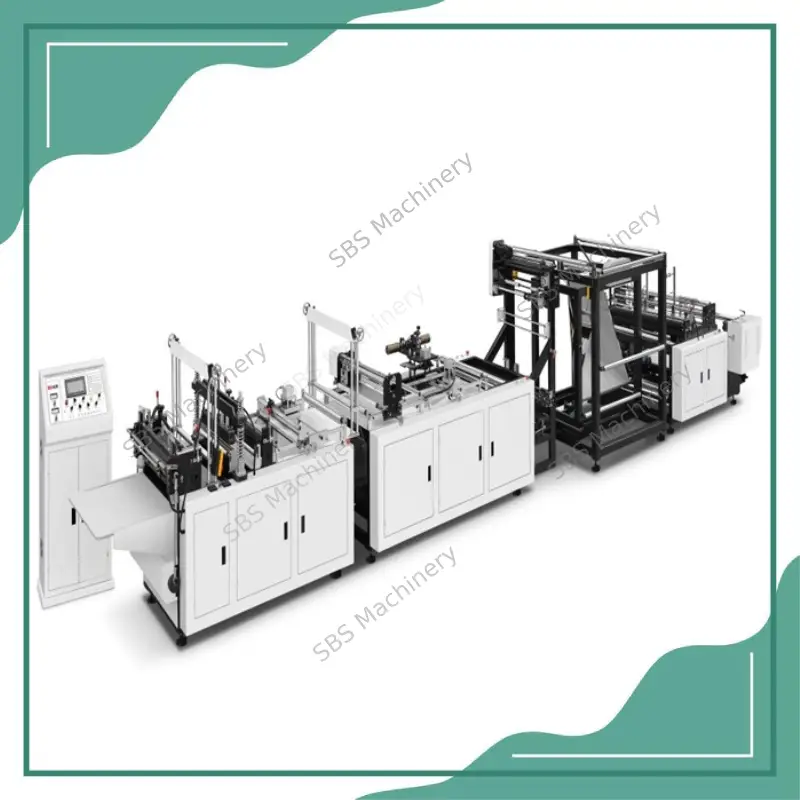

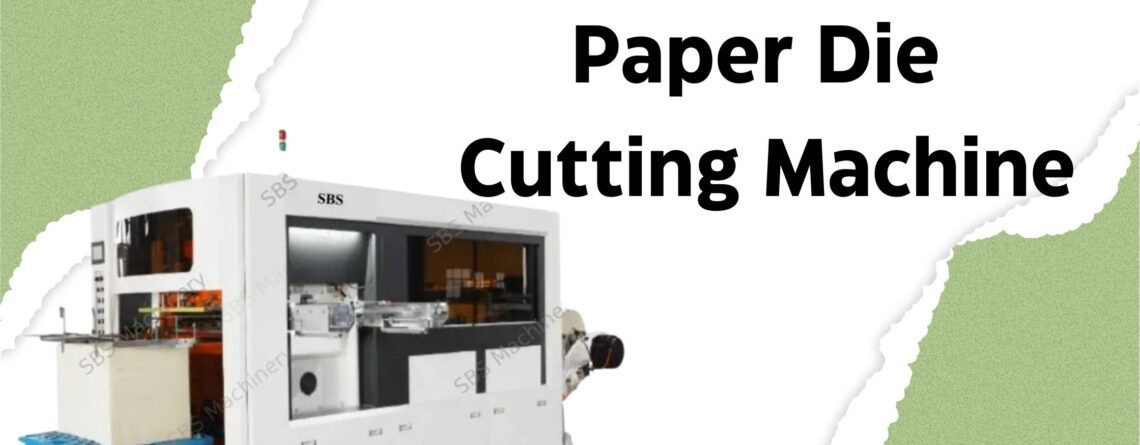


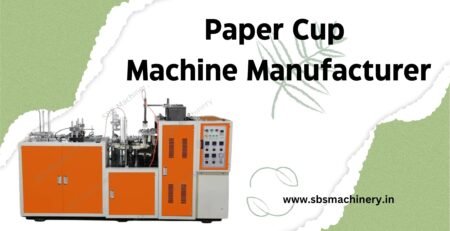








Leave a Reply